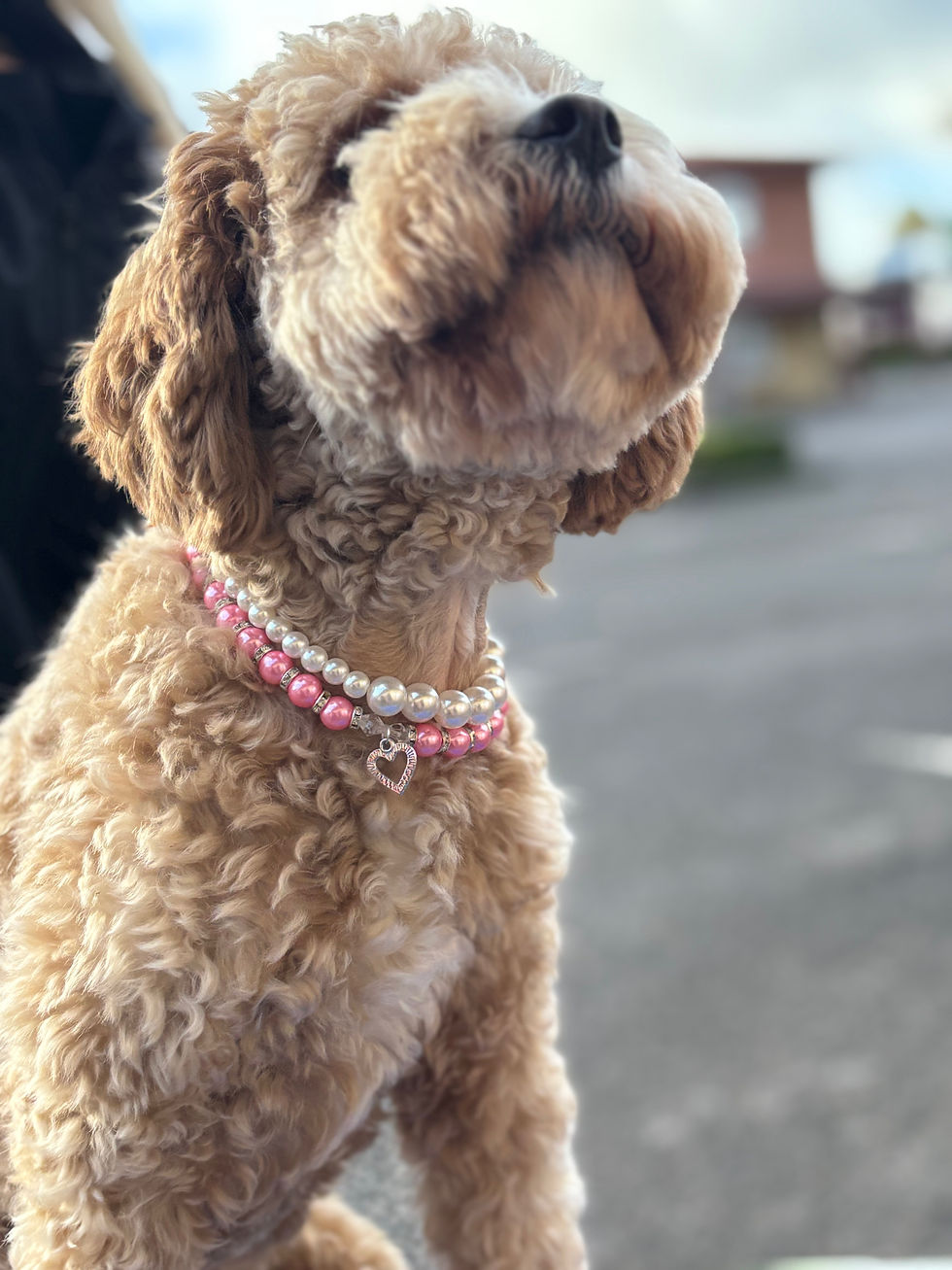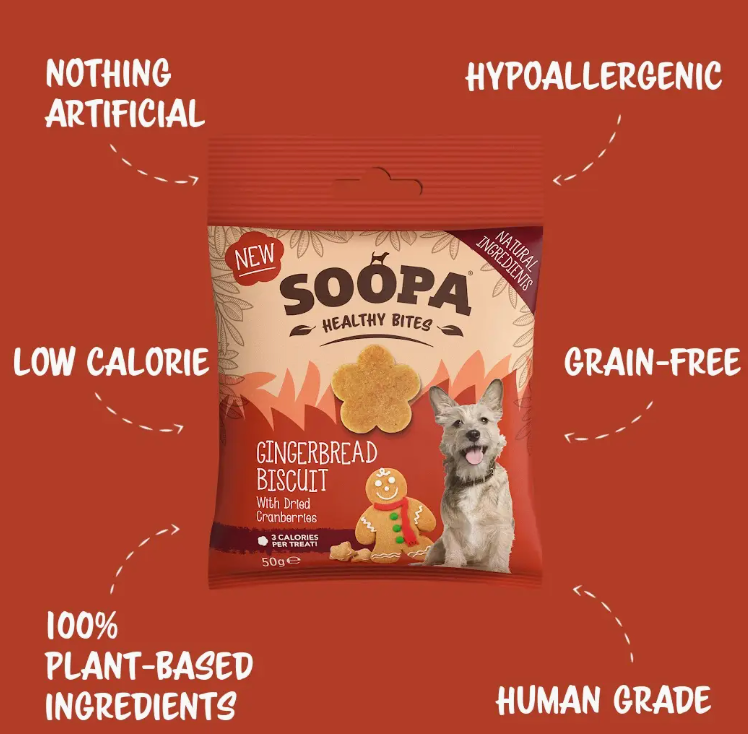Protect your scissors and stay organised with a Pink Grapefruit scissor wallet. Padded with two press stud fastenings, this scissor wallet will hold up to 2 pairs of scissors. Please note the scissor is not included and is only for display purposes.
Colour: Black with pink edging
If your looking for some fun scissors to put in your Scissor Wallet Click Here
top of page
SKU: CSC
£7.95 Regular Price
£6.36Sale Price
VAT Included

Cordless - Blade can be replaced by user

Cable to base station can go into clippers in emergencies

3hr charge = 6 hours running

Half the weight of other clippers

Titanium blade - does not overheat/more durable

Related Products
bottom of page





































